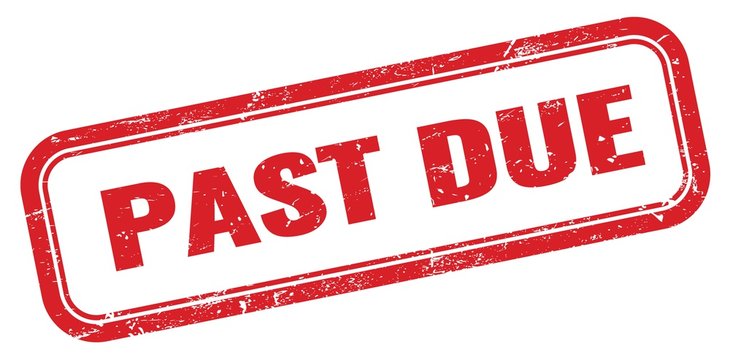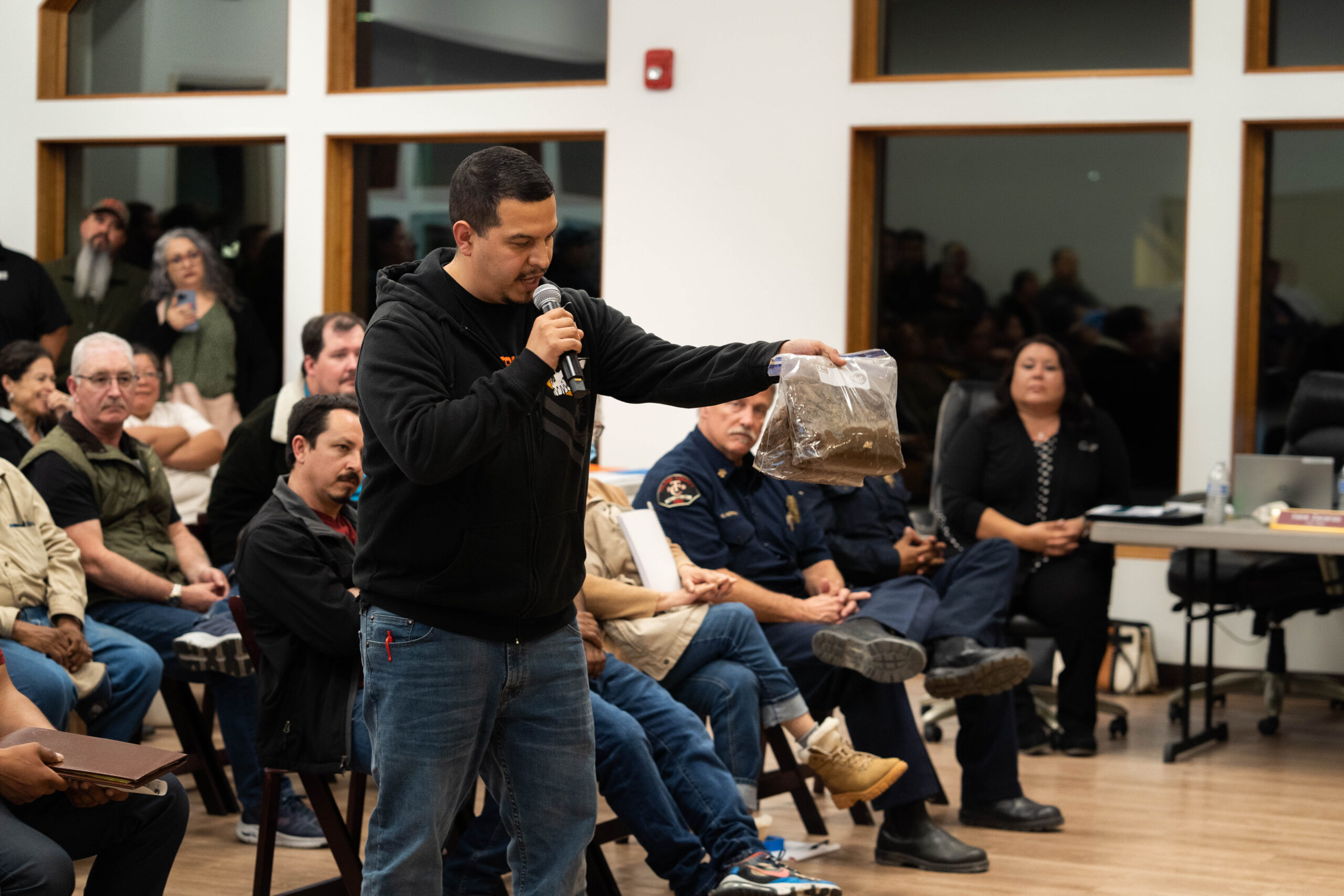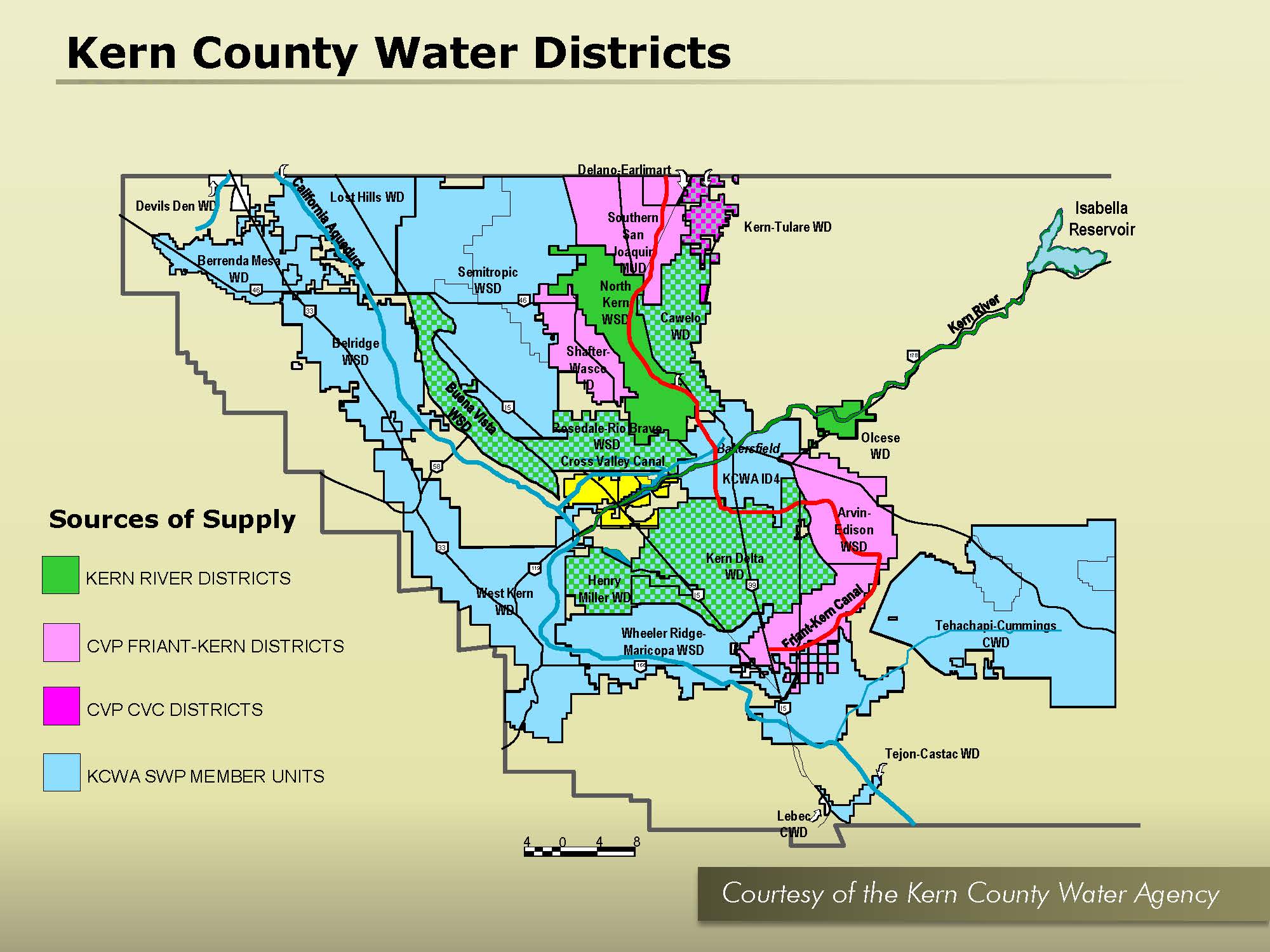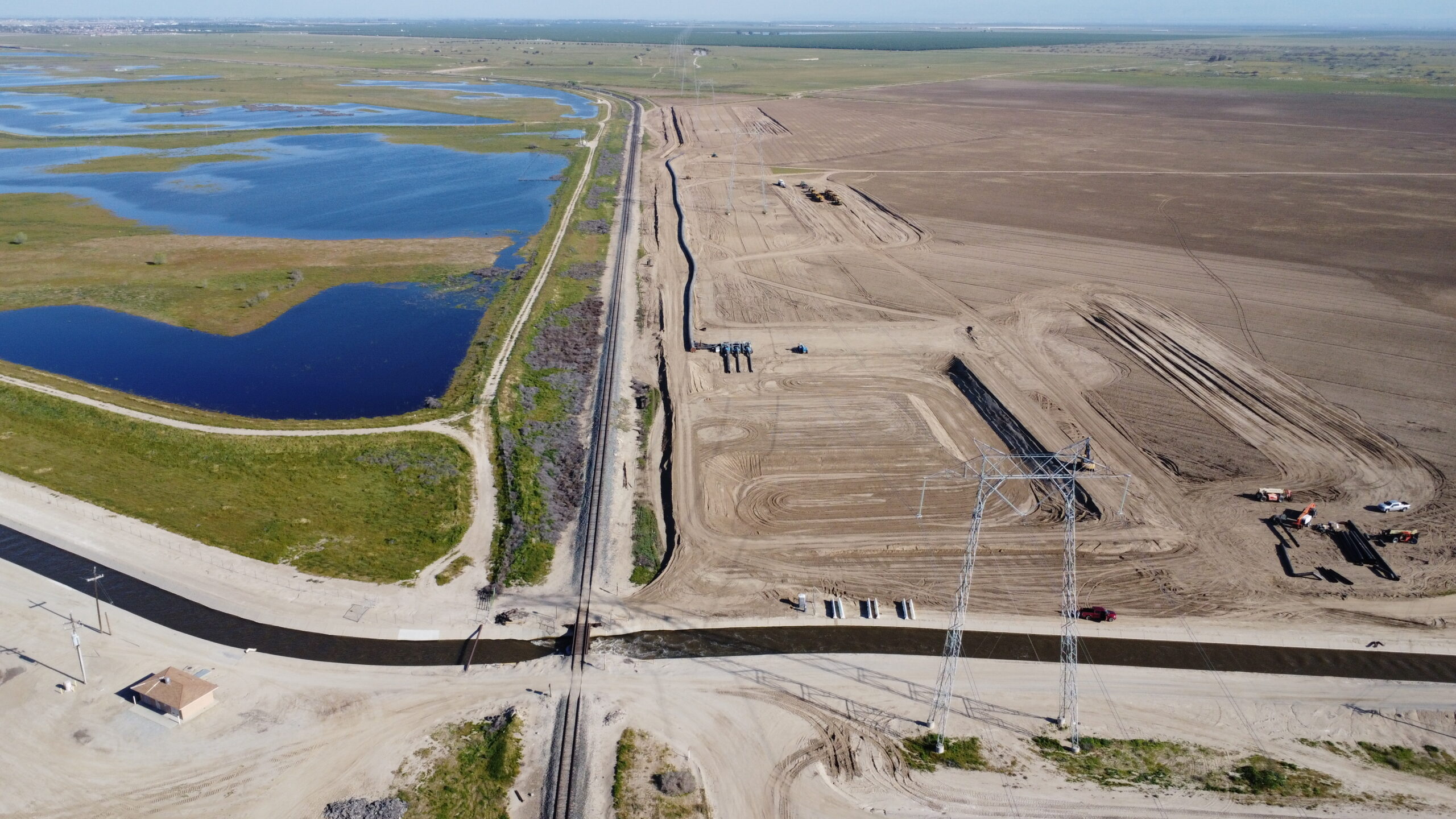As pandemic restrictions begin to ease in California, a race is on to get money in place to help with massive and growing household water debt before the statewide moratorium on shutoffs for non-payment is lifted.
Some observers are looking at June 15, when Gov. Newsom said he’ll lift the state’s mask mandate, as a potential date for release from other COVID-19 mandates, including the water shutoff moratorium.
That’s also the deadline for lawmakers to pass the state budget, in which Newsom recently injected $1 billion to help pay overdue water bills.
Even if the money is approved, though, the state doesn’t have a system for how to get the cash into the hands of water systems to clear past due bills for the neediest families.
The same goes for another $1.1 billion in federal money targeting household water debt nationwide that was passed in two COVID-19 relief bills. (See sidebar.)
Central Valley residents are some of the most impacted by household water debt, according to Community Water Center, a nonprofit water advocacy group centered in Visalia.
“We can reasonably deduce that about 1 in 3 residents in the Central Valley are behind on their water bills,” Erick Orellana, a Community Water Center policy advocate wrote in an email.
SHUTOFFS STOPPED LAST YEAR
Gov. Newsom put a moratorium on water shutoffs due to non payment in April 2020 with no end date for that moratorium. That set the stage for a massive buildup of household water debt.
The price tag for all that debt was estimated at $1 billion, according to a survey conducted by the California State Water Resources Control Board in November. It found that at least 1.6 million households have water debt, which is impacting water systems.
Financial situations vary depending on the size and reserves of each system.
The City of Clovis has 40,000 connections serving a population of around 120,000 people.
Water bill delinquency is about 5%, said Jeff Blanks, deputy finance director for the City of Clovis. That rate is a bit higher than normal, mostly because customers are staying in debt for longer because of the shutoff moratorium.
“It has an impact but it’s certainly not significant to a degree where we’re in any sort of financial dire straits,” said Blanks.
For smaller systems, the situation is dicier.
Mutual water companies are private non-profits and often don’t have funds to survive long periods of debt. Adan Ortega, executive director of California Mutual Water Companies, said he’s seen companies with debt ranging from $60,000 to $500,000.
“If you’re a small water company and you have 300 or 200 connections, $60,000 is a big chunk of money,” said Ortega.
Survival often depends on reserves.
In the case of Oildale Mutual Water Company, which serves about 12,000 connections or 35,000 people in north Bakersfield, pandemic-related past-due accounts doubled, leaving the company with $500,000 in outstanding balances.
“Fortunately we’ve got enough reserves, we’re large enough to where we can weather the decrease in our monthly revenue,” said Doug Nunneley, general manager of Oildale Mutual Water Company.
Once the shutoff moratorium is lifted, Nunneley said the company will work with customers to create payment plans.
RELIEF FUND LIMBO
Most water system managers had no idea how the proposed water debt relief funding would get to them.
Unlike the energy sector, which has long had assistance programs to help people pay for gas and electricity, water systems don’t have programs for low-income families. And where there are just a few companies or cities that provide energy to homes in California, more than 3,500 community systems that deliver residential water. Some are large and regulated by the state Public Utilities Commission, some are operated by cities, some by special districts, some like Oildale Mutual, are private companies.
Either way, some advocates don’t like the idea of adopting the energy sector-style program.
“It puts the onus on the person who is already suffering, to apply and go through a needs testing program at the state level,” said Scott Berry, director of policy and government affairs for the U.S. Water Alliance.
Instead, Berry said it should be up to the water systems to notify their low-income customers and offer assistance.
Other advocates said special attention needs to be paid to communities of color.
Gregory Pierce, associate director of the Luskin Center for Innovation at UCLA, who helped analyze the Water Board survey said if assistance doesn’t get to those who need it most, communities of color could be left in debt.
“Every study I’ve ever seen, including some I’ve done, show that higher resource households would get that money more easily,” said Pierce.
While short-term solutions are needed to help people quickly, Pierce said a permanent program is just as crucial.
“The idea that we just need to get these pots of money out and then we’re done and people are going to be okay, is not true,” said Pierce. “There has to be a longer term system.”
ONGOING DEBT PROBLEM
The pandemic worsened water debt for Californians. But water debt was a significant issue before COVID-19, according to organizations pushing for a permanent water assistance program.
To that end, in January State Senator Bill Dodd introduced Senate Bill 222, which would establish the framework for a permanent water assistance program.
Newsom’s proposed $1 billion in state funds could set the stage for the permanent program, said Uriel Sandivar, senior policy advocate at Community Water Center. That money would force state agencies to forge new relationships with water systems and find people burdened by water debt, which could carry over to a permanent program.
SB 222 would streamline water assistance by automatically identifying eligible families if they already receive aid from other poverty programs such as CalFresh, Medi-Cal and CalWORKS.
“It’s the same need,” said Sandivar. “The need doesn’t disappear for water.”
Share this:
- Click to share on Facebook (Opens in new window)
- Click to share on Twitter (Opens in new window)
- Click to share on LinkedIn (Opens in new window)
- Click to share on Reddit (Opens in new window)
- Click to share on Tumblr (Opens in new window)
- Click to share on Pinterest (Opens in new window)
- Click to share on Pocket (Opens in new window)
- Click to share on Telegram (Opens in new window)
- Click to share on WhatsApp (Opens in new window)
- Click to print (Opens in new window)








